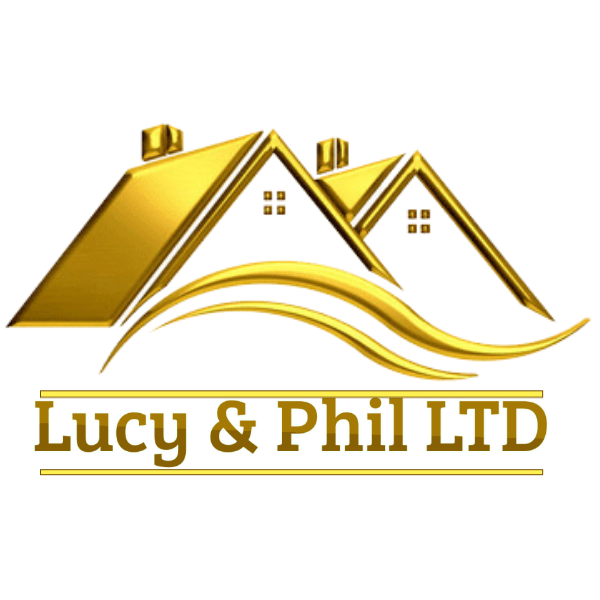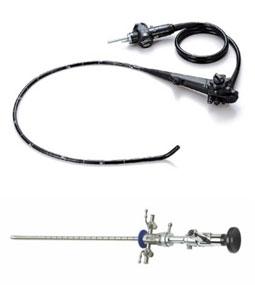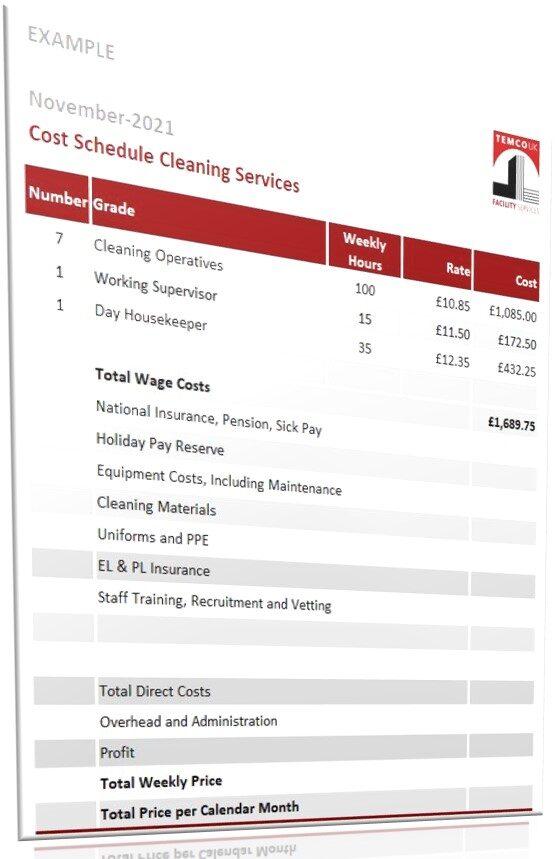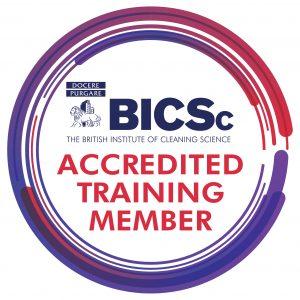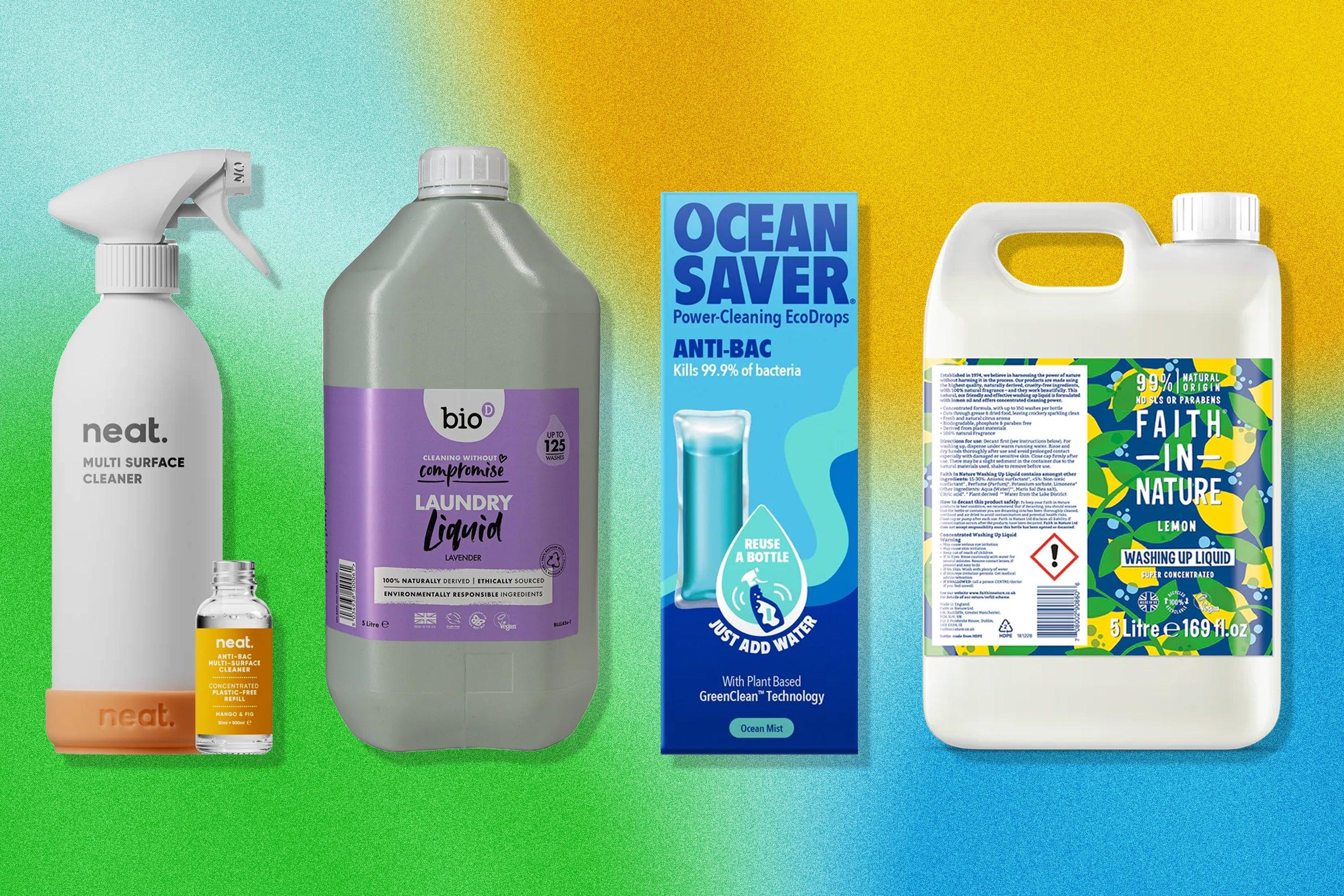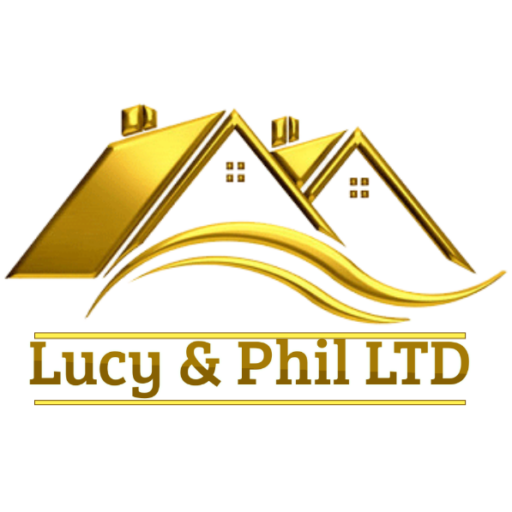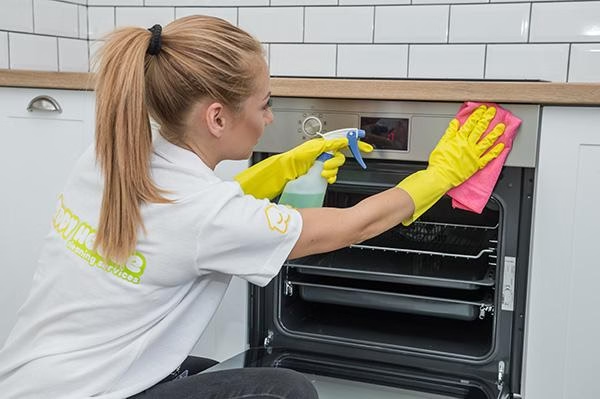
From terraced homes in Manchester to glass-fronted offices in Canary Wharf, the UK’s cleaning industry quietly keeps daily life moving. What was once a handful of traditional services has evolved into a wide ecosystem: routine housekeeping and office cleans sit alongside end-of-tenancy turnarounds, after-builders blitzes, carpet and window specialists, oven rescues, and hygiene-critical work in healthcare and hospitality. Demand has been shaped by new working patterns, heightened expectations around hygiene, and a growing appetite for eco-friendly methods and products.
Today’s market blends franchised brands, local independents, and app-based platforms, with pricing that varies by region and by task-hourly rates for regular visits, fixed fees for specialist jobs. Behind the scenes, standards and safeguards matter: insurance, staff vetting, training and accreditation, and adherence to UK health and safety rules. As a result, choosing a provider is less about a quick once-over and more about reliability, transparency, and fit for purpose. This article explores how cleaning services in the UK are structured, what they cost, what to look for in a reputable firm, and the trends shaping the sector-so you can make a clear, confident choice for your home or business.
Table of Contents
- What UK cleaning services cover clear scopes deliverables and service exclusions
- Pricing and value in the UK market average rates by region cost drivers and when to choose packages or pay as you go
- Compliance insurance and vetting BICSc training COSHH duties DBS checks and the key questions to ask before booking
- Sustainable and efficient cleaning eco certified products recognised disinfectant standards equipment recommendations and scheduling tips for homes and offices
- The Way Forward
What UK cleaning services cover clear scopes deliverables and service exclusions
Professional providers define scope around outcomes, not just chores: which areas are covered, what “good” looks like, how often tasks recur, and which materials are used. Expect clear deliverables such as sanitised touchpoints, dust-free horizontals, degreased kitchen surfaces, limescale-tamed bathrooms, vacuumed carpets, and mopped hard floors – all logged against checklists or SLAs. Many teams specify arrival windows, staff vetting, eco options, consumables supplied, and documented methods, so you know exactly what happens in each room and how quality will be measured.
To avoid surprises, service boundaries are spelled out upfront: what’s included as standard, what’s an add-on, and what falls outside scope due to risk, regulation, or specialist licensing. Extras such as inside-oven detailing, appliance pull-outs, interior window tracks, or post-renovation dust-downs can usually be booked; exclusions typically cover hazardous waste, structural repairs, pest control, or work requiring specialist access. Good firms also clarify change requests, cancellation windows, keys handling, insurance cover, and how to escalate a missed task for a prompt re-clean.
- Standard deliverables: kitchen degrease, bathroom sanitisation, dusting, vacuum/mop, bins emptied, high-touch disinfection.
- Popular add-ons: inside oven/fridge, skirting boards and door frames, interior windows, mattress refresh, carpet shampoo, end-of-tenancy detail.
- Documented clarity: room-by-room checklist, time-on-site estimates, products used, frequency, and quality sign-off.
- Common exclusions: hazardous/bio waste, exterior high-level windows without safe access, heavy lifting/assembly, deep mould remediation, pest control, paint/plaster work.
- Conditional items: antique care, specialty fabrics, stone sealing, and builder’s debris often require separate quotation and method statements.
| Service | Core deliverables | Add-ons | Exclusions |
|---|---|---|---|
| Domestic Clean | Dusting, kitchen/bathroom, floors | Inside oven, fridge, windows | Heavy lifting, hazardous waste |
| End of Tenancy | Appliance fronts, limescale, skirtings | Carpet shampoo, oven deep clean | Repairs, outdoor areas (unless booked) |
| Office | Desks, touchpoints, bins, washrooms | Keyboard sanitise, kitchenettes | Server rooms without clearance |
| After-Builders | Dust removal, surfaces, floors | Window tracks, adhesive spot removal | Rubble disposal, unsafe sites |
| Deep Clean | Detail scrub, edges, descaling | Upholstery, mattress refresh | Mould beyond light staining |
Pricing and value in the UK market average rates by region cost drivers and when to choose packages or pay as you go
What you pay varies by location, service scope, and finish expectations. Urban centres like London command higher fees, while suburban and regional towns trend lower. Expect clearer, lower rates for regular hourly housekeeping than for one‑off deep work or end of tenancy cleans. The snapshot below shows typical averages that balance fair wages with professional standards. Value rises when providers include vetted staff, insurance, and equipment (standard or eco), and when quality is consistent week after week.
| Region | Hourly (regular) | Deep clean (per hr) | End of tenancy (2‑bed, from) |
|---|---|---|---|
| London | £20-£28 | £25-£35 | £220-£330 |
| South East | £18-£24 | £22-£32 | £200-£300 |
| South West | £17-£22 | £21-£30 | £180-£270 |
| Midlands | £16-£21 | £20-£28 | £170-£260 |
| North West & North East | £15-£20 | £19-£27 | £160-£240 |
| Scotland & Wales | £15-£20 | £19-£27 | £160-£240 |
To calibrate your budget, look at the levers that move the price and decide how you want to buy time: bundles with fixed inclusions for predictability, or flexible sessions billed as you go for agility. Use the cues below to strike the right balance between savings, consistency, and control.
- Home size & condition: more rooms, heavy build‑up, or post‑renovation increases time.
- Frequency: weekly costs less per hour than ad hoc; skip weeks and rates may adjust.
- Travel & parking: central zones, congestion, or paid parking can add surcharges.
- Materials & equipment: bringing supplies, HEPA vacuums, or eco products can lift the rate.
- Specialist tasks: oven, carpet, upholstery, mould, or high‑reach windows price separately.
- Scheduling: evenings, weekends, or urgent slots carry premiums.
- Pets/allergies: extra care and hypoallergenic kits may be chargeable.
- Minimum hours & cancellations: short bookings and late changes affect the total.
- Choose a package for weekly/fortnightly care, bundling extras (e.g., oven quarterly), or when you want a fixed monthly spend.
- Choose pay as you go for irregular needs, small top‑ups before guests, or testing a new provider without commitment.
- Mix and match: lock in a routine block for value, then add ad hoc deep tasks during seasonal peaks or move‑outs.
Compliance insurance and vetting BICSc training COSHH duties DBS checks and the key questions to ask before booking
Due diligence keeps your premises protected. Ask for active insurance (Public Liability and Employers’ Liability), documented vetting (right-to-work, references, ID), and proof of BICSc training to confirm competence in safe, efficient methods. A reputable provider will show current COSHH assessments and Safety Data Sheets for every chemical in use, with clear labelling, storage, and spill response procedures. For schools, healthcare, and sensitive sites, ensure role-appropriate DBS checks are completed before deployment. Transparent record-keeping, site-specific RAMS, and incident reporting round out a robust compliance framework.
- Insurance cover: Public Liability (e.g., £5m) and Employers’ Liability (e.g., £10m)
- Training: BICSc certificates or skills cards for assigned operatives
- COSHH: Current SDS pack, assessments, labelling and storage controls
- DBS: Basic or Enhanced where the environment demands it
- RAMS: Site-specific risk assessments and method statements
| Area | Evidence to request | Refresh |
| Insurance | Certificates with limits and expiry dates | Annually |
| BICSc | Cards/certificates for named operatives | Onboarding + refreshers |
| COSHH | SDS, COSHH assessments, chemical list | When products change/annually |
| DBS | Certificate no. or Update Service status | Pre-start, then per policy |
| Vetting | ID, right-to-work, references on file | Pre-employment |
Before booking, align expectations with clear, auditable answers. Clarify who supervises quality, how issues are escalated, and what’s included in the fee versus extras. Confirm staffing resilience (holiday and sickness cover), key-holding and alarm procedures, and whether subcontractors are used. Check environmental credentials, data protection (GDPR), and how consumables, machinery maintenance, and waste disposal are handled. The right partner will welcome scrutiny and provide concise documentation without hesitation.
- What cover do you hold and can I see the certificates?
- Are operatives BICSc-trained and assigned specifically to our site?
- How do you manage COSHH (SDS access, labelling, spill plans)?
- Do roles require DBS and how is validity monitored?
- What’s your quality process (audits, KPIs, re-cleans)?
- Who holds keys/codes and how are they secured?
- Is cover guaranteed during absence, and at what notice?
- Are consumables included and which eco options are available?
- Do you subcontract, and under what compliance controls?
- What’s the exit clause and data handover process?
Sustainable and efficient cleaning eco certified products recognised disinfectant standards equipment recommendations and scheduling tips for homes and offices
Sustainability meets performance when you pair eco‑labels with verified kill-claims. Choose concentrates with closed-loop dosing, biodegradable surfactants, and fragrance‑light formulas; refill trigger bottles to cut plastic, and prioritise reusable microfibre to trap fine dust without excessive chemicals. For hygiene-critical moments, select products validated to BS EN standards and always respect contact times for true efficacy. Pre-clean visible soil, apply foam for longer dwell without overspray, and ventilate spaces for quicker turnarounds-smart sequencing saves both energy and minutes.
- Eco marks to trust: EU Ecolabel, Nordic Swan, Blue Angel, Cradle to Cradle (Silver+)
- Low-impact choices: plant‑based surfactants, phosphate‑free, pH‑balanced, recyclable packaging
- Disinfection benchmarks (UK/EU): EN 1276 (bacteria), EN 14476 (viruses), EN 13697 (surfaces), EN 16615 (wipes + mechanical action)
- Efficiency tips: pre‑soak microfiber, dose via pumps, label bottles, track dwell times, launder cloths at 60°C
| Use Case | Standard | Contact Time | Notes |
|---|---|---|---|
| Bactericidal | EN 1276 | Typically 5 min | Food-safe options available |
| Virucidal | EN 14476 | 1-5 min | Check for enveloped viruses |
| Surface residue | EN 13697 | Label‑specific | Non‑porous surfaces |
| Wipe efficacy | EN 16615 | Per product | 4‑field test with wiping |
Equip for both domestic calm and busy UK workplaces with HEPA 13-14 sealed vacuums, colour‑coded microfibre (BICSc scheme), flat mops with launderable pads, quiet scrubber‑dryers (<70 dB), and dosing caps to prevent overuse. Schedule by traffic and touchpoints: cluster high‑touch disinfection into short, repeatable passes; rotate deep tasks to protect budgets and air quality. Use daylight for visual QC, run noise‑sensitive tools off‑peak, and align product tiers-neutral cleaners daily, disinfectants only where risk justifies.
- Homes: 20/10 speed blocks for tidying and wipe‑downs; kitchen/bath high‑touch sweep daily; floors and dusting 2-3× weekly; limescale and grout weekly; soft‑furnish vacuuming monthly; seasonal window and oven deep‑clean.
- Offices: Touchpoints (handles, lifts, desks) every 2-4 hrs; washrooms checks hourly; desks/meeting rooms reset daily; hard floors auto‑scrub nightly; carpets spot clean daily, extract quarterly; vents and blinds bi‑monthly; hand‑soap/sanitiser stock audits daily.
- Toolkit must‑haves: backpack vacuum for stairs/hot‑desks, pump‑up foamer for dwell control, grout/detail brushes, squeegee kit, labelled dilution bottles, PPE and COSHH sheets.
The Way Forward
As the dust settles on our tour of cleaning services in the UK, one thing is clear: this is a broad, well‑established industry that spans quick domestic refreshes, deep sanitation, specialist restoration and large‑scale commercial upkeep. Standards, training, and safety sit alongside newer priorities like sustainability, data‑driven scheduling and low‑impact products-giving households and businesses more choice than ever.
If you’re shortlisting providers, keep the brief simple and specific: what needs doing, how often, and with which products. Ask about insurance, staff training and vetting (including DBS where relevant), and any accreditations or safety schemes (for example BICSc, SafeContractor or CHAS). Compare like‑for‑like quotes, check cancellation terms, and make sure access, keys and alarm protocols are agreed. Small details prevent big misunderstandings.
Looking ahead, hybrid work patterns, tighter hygiene expectations and greener operations will continue to shape the market, from microfibre systems and electric fleets to smarter scheduling tools. Yet the essentials won’t change: clear expectations, consistent workmanship and transparent pricing. Choose the service that fits your space, your standards and your schedule-and let the rest take care of itself.
